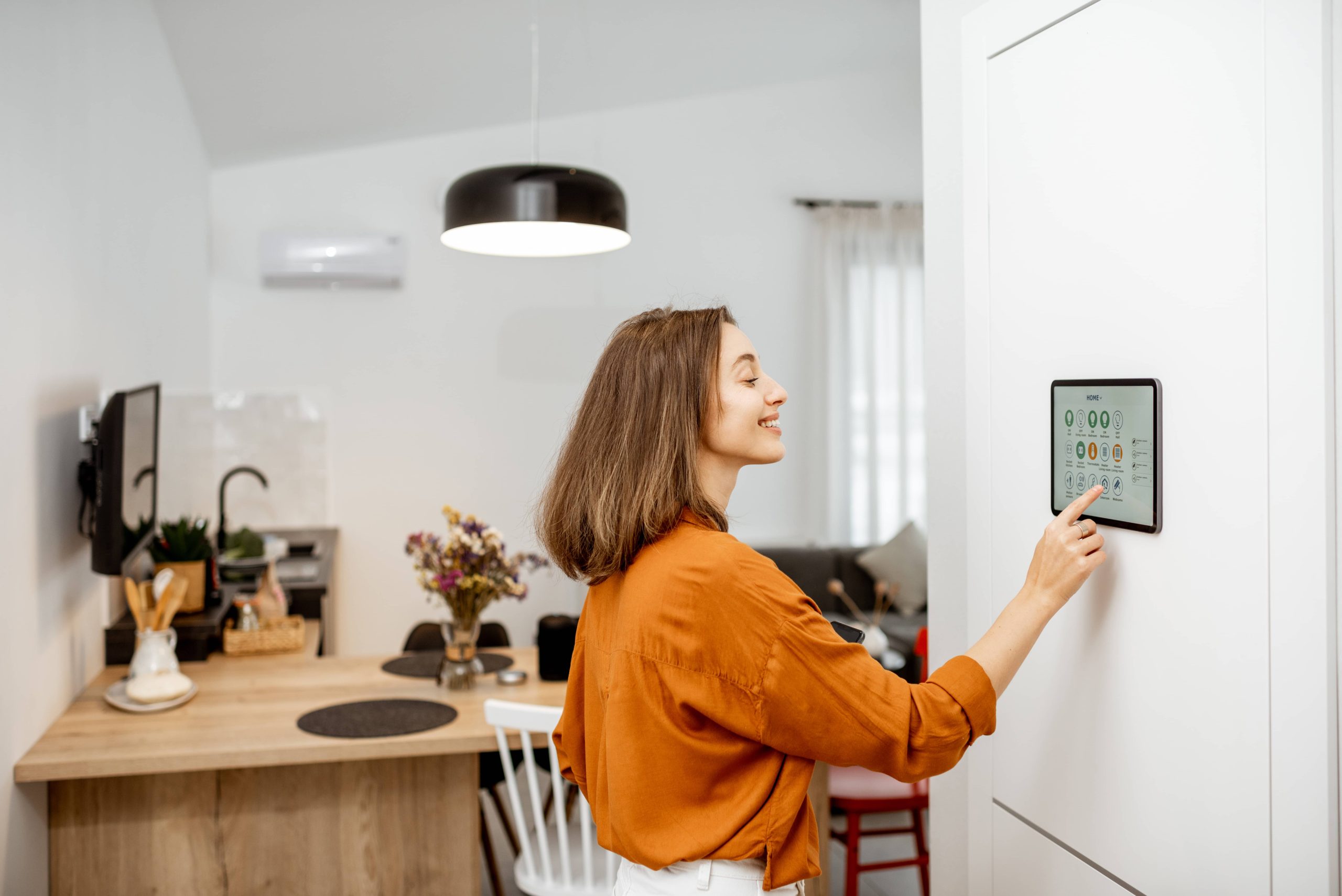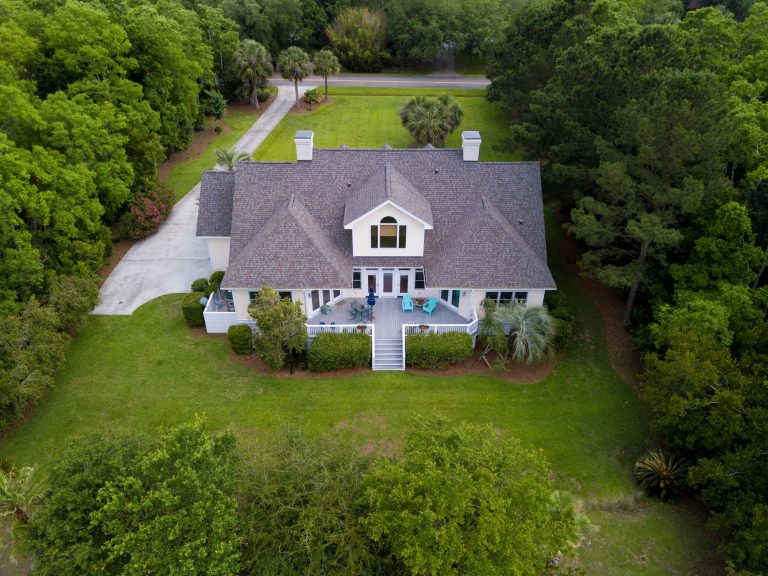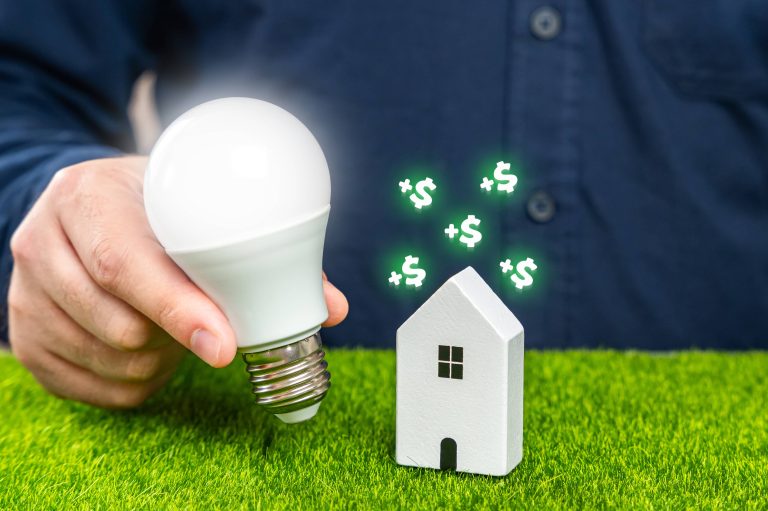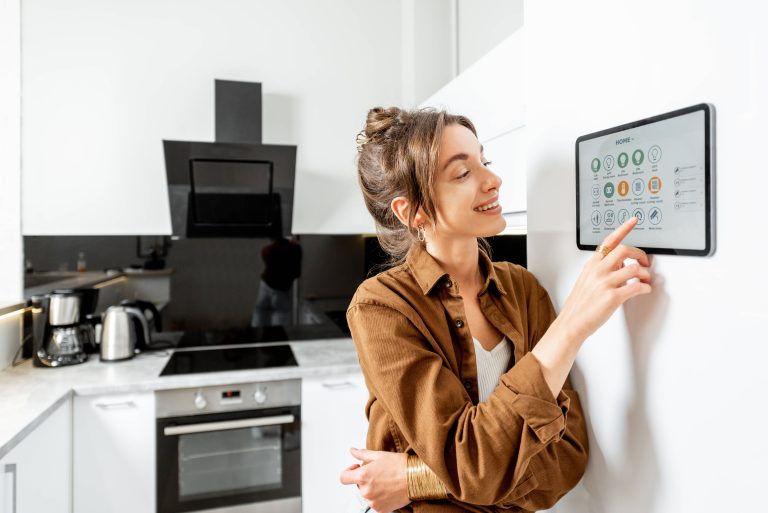
With the rise of environmental awareness sweeping across the globe, homeowners are searching for effective ways to reduce their carbon footprints while simultaneously enhancing the quality and convenience of their lives. One compelling solution gaining traction involves leveraging smart home automation systems to achieve energy efficiency and sustainability. From intelligent thermostats to automated lighting, the transition to a smart home not only promises a greener future but also offers an array of benefits, including cost savings and enhanced comfort. In this blog post, we’ll explore the transformative potential of home automation, guide you through some essential technologies, and provide practical tips for embracing a sustainable lifestyle.
The Promise of Smart Home Automation
Smart home automation incorporates the use of interconnected devices and systems designed to automate and optimize household functions. These smart systems work in synergy to reduce energy wastage, control consumption, and provide real-time insights that facilitate more informed decisions. Imagine a home that automatically adjusts temperature settings, switches off unused lights, and even monitors water usage—all without requiring your constant attention.
Key Smart Home Technologies for Energy Efficiency
1. Smart Thermostats:
Smart thermostats, such as the Nest Learning Thermostat and the Ecobee SmartThermostat, are indispensable tools for managing home energy consumption. These devices learn your family’s habits, comparing them to real-time weather conditions to optimize heating and cooling. By automatically adjusting temperatures when you’re away or asleep, smart thermostats can significantly reduce energy bills while ensuring a comfortable environment. Studies have shown that smart thermostats can save users up to 15% on heating and cooling costs, a meaningful reduction in both energy use and monthly expenses.
2. Smart Lighting:
Automated lighting systems, including products like Philips Hue and Lutron Caseta, add convenience and efficiency to your home. These systems allow you to control lights remotely, set schedules, and automate responses based on occupancy or daylight availability. Motion sensors installed in key areas can detect movement and turn lights on or off accordingly, ensuring lights are only on when needed. Dimming options and integrating LED bulbs can further enhance energy savings and create a soothing ambiance.
3. Smart Plugs and Power Strips:
Many electronic devices consume power even when in standby mode, contributing to unnecessary energy waste. Smart plugs and power strips, such as those from TP-Link or Wemo, help eliminate phantom loads by cutting power to devices that are not in use. Remotely controlling power outlets and setting schedules to turn off heavy electronics automatically can make a significant impact on your household’s energy consumption.
4. Water Conservation Systems:
Smart water management systems ensure efficient water usage by detecting leaks, monitoring consumption, and providing real-time data to homeowners. Devices like Flo by Moen can alert users to potential leaks and abnormalities, helping prevent water wastage and damage. Automated irrigation systems also play a role in sustainability by adjusting watering schedules based on weather conditions, ensuring plants receive just the right amount of water without excess.
5. Energy Monitoring Systems:
An integrated energy monitoring system, such as Sense or the Panasonic Eco Solutions Home Energy Management System (HEMS), connects with various smart devices to provide a comprehensive view of home energy usage. These systems illustrate where and how energy is being consumed, offering insights that help identify inefficiencies and optimize appliance usage. Armed with this knowledge, homeowners can make targeted adjustments to their habits and automation settings to maximize savings and eco-friendliness.
Practical Tips for Embracing a Greener Lifestyle Through Automation
1. Start Small and Scale Gradually:
Transitioning to a fully automated smart home doesn’t have to happen overnight. Begin by integrating a few core devices—such as a smart thermostat and smart plugs—and expand from there. Over time, you’ll develop a better understanding of which technologies offer the most value and can prioritize additional investments accordingly.
2. Optimize Device Scheduling:
Take advantage of scheduling features available on most smart home devices. For instance, setting your thermostat to lower the temperature while you’re at work and increase it just before you return can prevent unnecessary heating or cooling. Similarly, scheduling lights to turn off automatically during daylight hours can save energy without sacrificing comfort or security.
3. Leverage Voice Assistants:
Utilize voice assistants such as Amazon Alexa, Google Home, or Apple Siri to streamline control over your smart devices. Simple voice commands can replace manual switches, fostering convenience and reducing the likelihood of forgetting to turn off lights or appliances.
4. Monitor and Maintain Efficiency:
Regularly review energy reports provided by your smart home systems to track progress and identify areas for further improvement. Keeping an eye on consumption trends can help you stay proactive about maintaining efficiency and address any increases in usage promptly.
5. Educate Household Members:
Ensure that all household members are aware of and engaged with your smart home automation efforts. Teach them how to use the systems effectively and explain the environmental and financial benefits of their participation.
Conclusion
By automating your home with smart technologies, you can play an active role in shaping a greener future while enjoying the perks of modern convenience and cost savings. Embracing energy-efficient solutions like smart thermostats, lighting, plugs, water management, and energy monitoring systems can significantly reduce your household’s environmental impact. The journey to a more sustainable lifestyle begins with a single step—whether it’s installing a smart thermostat or simply setting schedules for your existing devices. Together, we can leverage innovation and automation to create homes that are not only smarter but also kinder to our planet.







